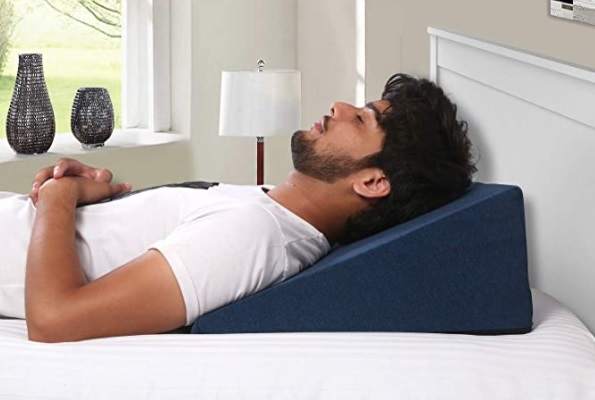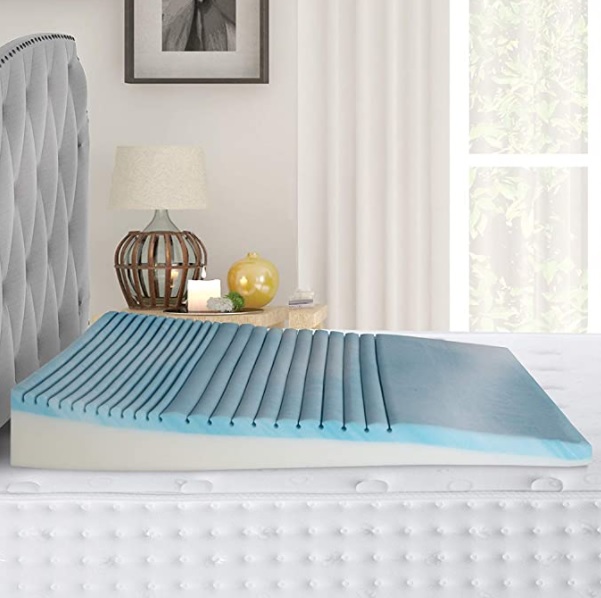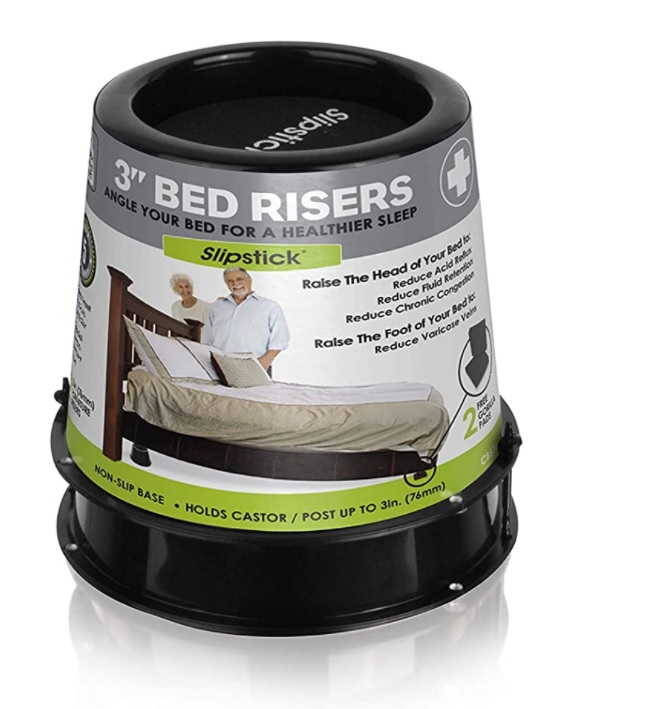Do u also suffer from a stubborn dry cough, which aggravates every now and then, sometimes with the season change and sometimes just for no reason?
This blog will tell you about “How to get rid of this stubborn cough?”.
What is COUGH?
Cough is a reflex and is an essential protective function for human airways and lungs.
Without an effective cough reflex, we are at risk for retained airway secretions and aspirated material predisposing to infection, and respiratory compromise.
Types of COUGH
DRY COUGH: When there is cough but no sputum/mucus coming out.
WET COUGH: When the cough is accompanied by sputum/mucus.
When is a cough labelled as a PERSISTENT/ STUBBORN/ OR CHRONIC COUGH?
ACUTE COUGH: Cough that lasts for less than 3 weeks (<3 weeks)
SUBACUTE COUGH: Cough that lasts for 3-8 weeks in duration
CHRONIC COUGH: Cough that lasts for more than 8 weeks (>8 weeks)
What does a patient with chronic cough do before coming to an ENT doctor?
Most of the patients that come to me in OPD, tell me the same story that how they have tried almost everything, but their cough has not been completely cured.
All these patients give the following same history—
- They all have visited multiple doctors but NO relief.
- Finished multiple courses of antibiotics with NO relief.
- Keeps sucking on OTC (over the counter) lozenges like Strepsils or Coflets
- Started drinking warm water
- Started drinking kadhas (kadha is a home made drink containing multiple spices)
The most common investigation advised for a patient with chronic cough is – to get a CHEST X-RAY done.
Chest X-ray is a very important investigation and should be done in a chronic cough patient as it rules out Tuberculosis or any obvious lung pathology.
If there are positive findings in the Chest X-ray like evidence of any infection or any pathology, the patient should visit a RESPIRATORY MEDICINE SPECIALIST.
But WHAT TO DO, When the Chest X-ray, as well as chest examination, is NORMAL.
That’s when they are referred to an ENT doctor.
WHY AN ENT DOCTOR, AND WHAT ENT CAUSES RESULT IN CHRONIC COUGH?
1. POST NASAL DRIP due to SINUSITIS.
2. ALLERGY leading to ALLERGIC COUGH.
3. LARYNGOPHARYNGEAL REFLUX (LPR)
4. LOWER RESPIRATORY TRACT INVOLVEMENT like Trachea, bronchus, and Lungs
5. Patient taking medicine to control high blood pressure such as ACE INHIBITORS (eg. Enalapril, Lisinopril, Ramipril, etc.)
6. COVID-recovered patients also complain of CHRONIC COUGH, which comes under Long COVID.
(I) POST NASAL DRIP due to SINUSITIS
It is seen that many patient who complain of chronic cough, when properly investigated has some element of sinusitis.
The symptoms of sinusitis in these patients are not very marked, however, the secretions in the sinuses keep draining slowly towards the back of the nose down in the throat.
This constant trickle of secretions down the throat triggers cough by 2 mechanisms—
1st — By the stimulation of sensory cough receptors in the throat that are primarily responsible for the origin of coughing.
2nd – These secretions enter the trachea (the windpipe) and trigger bouts of coughing.
Clues that suggest a patient with chronic cough can have sinusitis are—
- Postnasal drip
- Patient has a constant sensation to clear his throat of mucus or phlegm
- Sneezing
- Runny nose
- Nasal obstruction
On examination of the NOSE, there could be the presence of –
1. Excess secretions in the nose
2. Red and swollen nasal mucosa, and/or
3. Presence of mass inside the nose. These are known as POLYPS.
On examination of the THROAT, the ENT doctor can notice—
1. Trickle of nose secretions or a streak of nose secretions over the pharyngeal wall or
2. Cobblestone appearance of the posterior pharyngeal wall.
Along with all the above clues, a CT SCAN OF THE NOSE AND SINUSES can also rule out the presence of sinusitis in a patient with chronic cough.
TREATMENT OF SINUSITIS CAN BE DONE BY A VARIED COMBINATION OF –
1. Oral decongestants eg. Phenypephrine, Pseudoephedrine, Chlorpheniramine maleate, etc. such as Sinarest®, Solvin®
2. Topical decongestants eg. Otrivin®
3. Oral steroids eg. Prednisolone®, Medrol®, Defcort®, etc.
4. Steroidal nasal sprays eg. Allegra®, Avamys®, Flomist®, Metaspray®, etc.
5. Normal saline nasal irrigations eg. Otrivin breath clean®, etc.
6. Steam inhalation.
7. With or without a suitable antibiotic.
(II) ALLERGY CAN LEAD TO CHRONIC COUGH
A patient with a history of allergy is very prone to suffer from a chronic cough.
An allergic patient has a very OVERACTIVE IMMUNE SYSTEM.
This overactive immune system gets triggered very easily in presence of certain harmless particles that are invariably present in our surroundings.
This sensitive immune response easily mistakes these harmless particles like pollens, animal hair, house dust, etc. as harmful ones, and hence initiates an immune response to protect the body and ward them off from the body system.
Hence, a patient with an allergy can have —
1. ALLERGIC PHARYNGITIS which can lead to chronic cough.
2. ALLERGIC RHINITIS which can also independently lead to chronic cough.
3. ALLERGIC COUGH.
- Allergic Pharyngitis
When a patient who has a history of allergy is exposed to weather change or pollens/dust/ dirt/ smoke/ pollution etc, is prone to develop an allergic response.
An allergic response can cause congestion in the throat, and a patient with a congested throat constantly feels itchiness and or scratchiness in the throat.
This itchy/scratchy throat triggers cough which can persist from a few days to a few months.
- Allergic rhinitis (AR)
A patient can also develop a runny nose, itching in the nose, nasal blockage when exposed to pollens/dust/ dirt/ smoke/ pollution, etc. This development of nasal symptoms is known as Allergic Rhinitis (AR).
A patient who has allergic rhinitis can develop persistent cough in 2 ways—
1. AR patients are prone to develop sinusitis. Hence, as explained above, sinusitis will lead to a postnasal drip, which can cause a persistent cough.
2. Postnasal drip in allergic patients can cause chronic pharyngitis, which can, in turn, cause a chronic cough.
- Allergic cough
Allergy can independently cause a chronic cough.
TREATMENT of ALLERGIC COUGH-
1. When outside the home, Avoid contact with allergens like pollen, dust, etc.
2. When inside the home, Avoid contact with allergens like from animals (pets), cockroaches, house dust mites, molds, etc.
3. Cover face and nose with a mask
4. Steam inhalation
5. Cough suppressant syrup eg TusQ-Dx®, Zedex®, etc.
6. Oral Antihistamines
7. Steroidal nasal sprays eg. Allegra®, Avamys®, Flomist®, Metaspray®, etc.
8. Nebulization with steroids eg. Budesonide (Budecort®),
Levosalbutamol + Ipratropium (Duolin®) etc.
9. Normal saline nasal irrigations eg. Otrivin breath clean®
10. Allergy Immunotherapy (AIT)—-NEWEST method
In Allergy immunotherapy, the patient who is allergic is given small allergy shots of the substance that the patient is allergic to, in the skin or in tablet form.
This is given in a small increase in dosages. This helps the body in developing a tolerance to the substance to which the patient is allergic to.
Also, read my detailed blog on Allergic rhinitis here:
https://www.drsharadent.com/avoid-allergy-diwali-rhinitis-runny-nose-itching-sneezing-allergen-prevention/
(III) LARYNGOPHARYNGEAL REFLUX (LPR)
Laryngopharyngeal Reflux refers to the black flow of stomach contents into the throat. There is another disease that is also related to backflow of stomach contents known as GERD (or Gastroesophageal reflux disease), which is very similar to but still different from LPR.
In GERD patient DOES NOT have any throat symptoms.
Symptoms of LPR will be –
1. PERSISTENT COUGH
2. SORE THROAT
3. SENSATION OF LUMP IN THROAT
4. SENSATION OF CONSTANT CLEARING THROAT
5. Excessive saliva/mucus production
6. THROAT PAIN
7. BAD BREATH
8. HOARSENESS OF VOICE
It is thought that reflux of stomach contents into the lower esophagus (food pipe) in GERD may trigger cough via reflex pathways initiated in the lower oesophageal mucosa.
Reflux to the level of the throat in LPR can lead to sucking of stomach contents in the airway which can cause chemical bronchitis and possibly pneumonitis that can elicit cough for many days or months afterward.
Endoscopy examination of the THROAT of LPR patient may reveal –
- Redness of Vocal cord
- Redness and swelling of the region where throat joins the foodpipe.
Exact Quantification of the frequency and level of reflux requires a somewhat invasive procedure to measure oesophageal pH directly.
Therefore, the confirmatory diagnosis of LPR/GERD can be made by—
1. 24-hour Ambulatory ph monitoring
It is the GOLD STANDARD to diagnose LPR/GERD.
It is done by placement of a catheter with a pH probe from the nose into the esophagus for 24 hours, or
By endoscopic placement of a radio transmitter capsule into the esophagus.
2. Esophagoscopy
Endoscopic examination of the esophagus
3. Esophagogram
To diagnose abnormalities of the esophagus like hiatal hernia, strictures, esophageal rings, extrinsic compression on food pipe, motility disorders, diverticula, pharyngeal pouch, malignancy, etc.
4. Esophageal manometry
To look for achalasia cardia or diffuse esophageal spasm.
5. Pepsin immunoassay
Detection of PEPSIN in throat sputum by immunoassay appears to be a sensitive test to diagnose LPR.
6. Mucosal biopsies
Oesophageal biopsy, stomach biopsy, posterior laryngeal mucosa biopsy can be done.
TREATMENT OF LPR/GERD:
- ANTACIDS eg. Gelusil®, Mucaine gel®
- PROTON PUMP INHIBITORS eg. Lansoprazole, Omeprazole, Pantoprazole, or Rabeprazole
- LIFE STYLE CHANGES such as AVOID SPICY FOOD, AND CHILLIES.
- Elevation of head USING GERD PILLOW /GERD MATTRESS / BED RISERS to 6 inches or more THAT AVOIDS REFLUX OF ACID also helps a lot.
Because of their shape and angle, when a patient lies on the pillow or the mattress, the inclination is such that the acid does not reflux to throat and remains in the stomach where it is meant to be present. - Weight loss
- Regular exercise
- Smoking Cessation
- Reducing the intake of Alcohol, beverage, chocolate, peppermint, and caffeine.
- Eating more frequent. but smaller meals.
- Avoid tight fitting clothes
- Patient should avoid food and drinks within 3 hours before sleep.
- Patient may be encouraged to lie on his/her left side, as in left position the diaghragmatic crura causes a natural kink at the gastro-oesophageal junction , which prevents the acid reflux.
- AVOID activities that require lifting, bending, stooping.
- Increased water intake might help in some patients.
To get your own GERD PILLOW, click here: FOR INDIAN CITIZENS: GERD PILLOW



(IV) LOWER RESPIRATORY TRACT INVOLVEMENT LIKE TRACHEA, BRONCHUS, AND LUNGS
Pathology in the trachea, bronchi, and lungs can be a major cause of chronic cough. Diseases like tracheitis, bronchitis, asthma, interstitial lung disease, COPD, etc.
The patient should visit a RESPIRATORY MEDICINE SPECIALIST for the above-mentioned diseases.
(V) Patient on ANTIHYPERTENSIVE medications
Patients who are taking medicine to control high blood pressure such as ACE inhibitors (eg. Enalapril, Lisinopril, Ramipril, etc).
# Hint: The name of BP medicines ending with “….pril” comes under the ACE inhibitors group which causes chronic cough.
ACE inhibitor-induced cough occurs in 5-30% of patients taking these agents and is not dose-dependent.
Any patient with a chronic unexplained cough who is taking an ACE inhibitor should have a trial period off the medication, regardless of the timing of the onset of cough relative to the initiation of ACE inhibitor therapy.
In most instances, a safe alternative to control BP is available.
If there is a decrease in cough after 1 month off medication is obviously suggestive that the patient was having a cough due to his BP medicine.
TREATMENT:
The patient should be started on other BP medicine.
THANK YOU
WATCH INTERESTING ENT-related VIDEOS ON MY YouTube CHANNEL…..Dr.Sharad ENT Videos
MEDICAL ADVICE DISCLAIMER:
This blog including information, content, references, and opinions are for informational purposes only.
The Author does not provide any medical advice on this platform.
Viewing, accessing, or reading this blog does not establish any doctor-patient relationship.
The information provided in this blog does not replace the services and opinions of a qualified medical professional who examines you and then prescribes medicines.
And if you have any questions of medical nature, please refer to your doctor or the qualified medical personnel for evaluation and management at a clinic/hospital near you.
The content provided in this blog represents the Author’s own interpretation of research articles.

Dry cough,a mystery…very well solved by Dr.Sharad,the Maestro
Good information and advice , thanku Dr. sharad